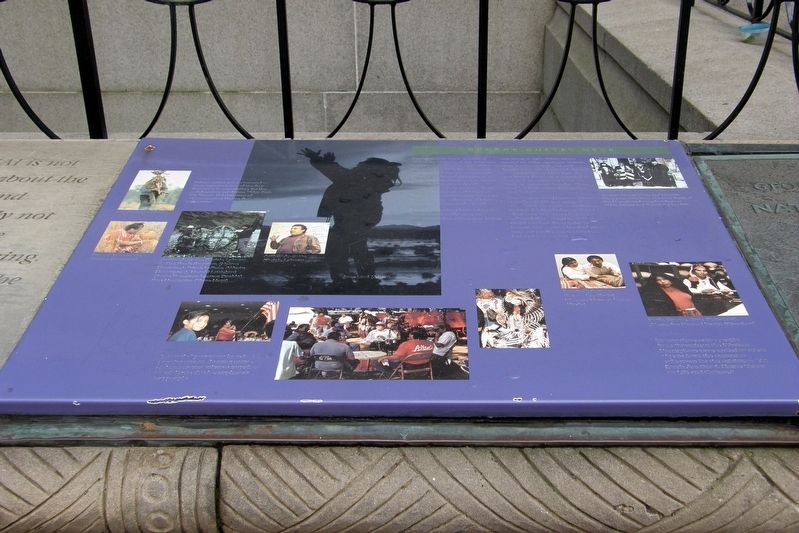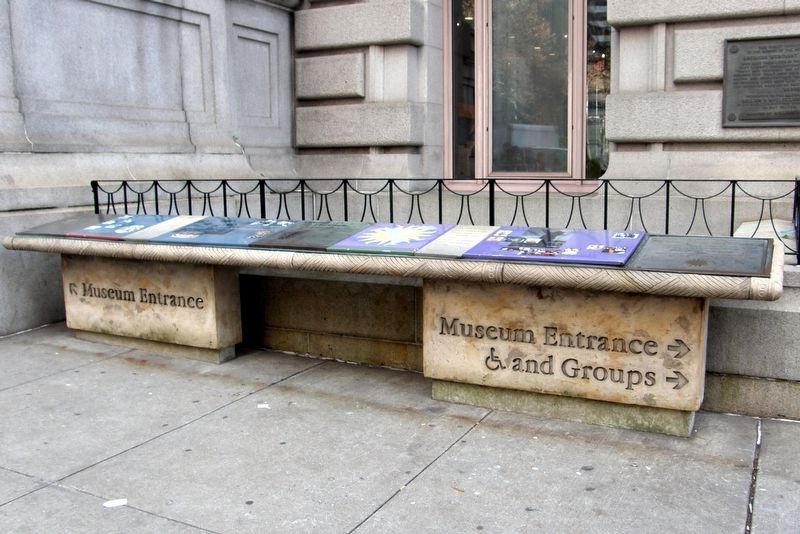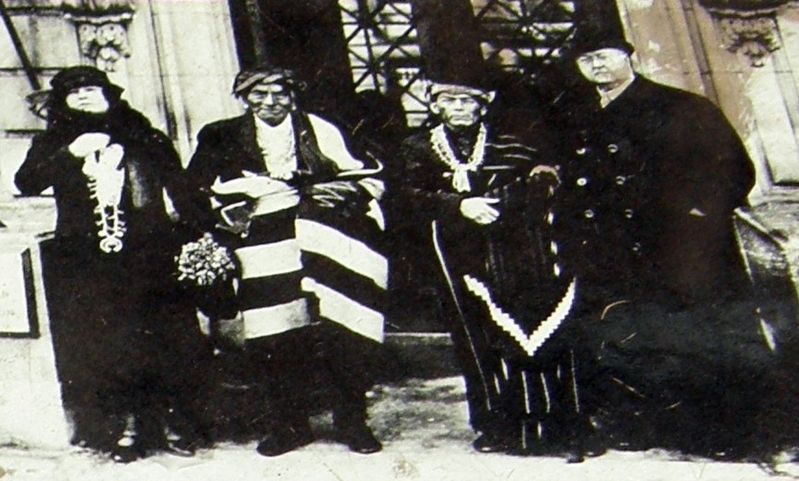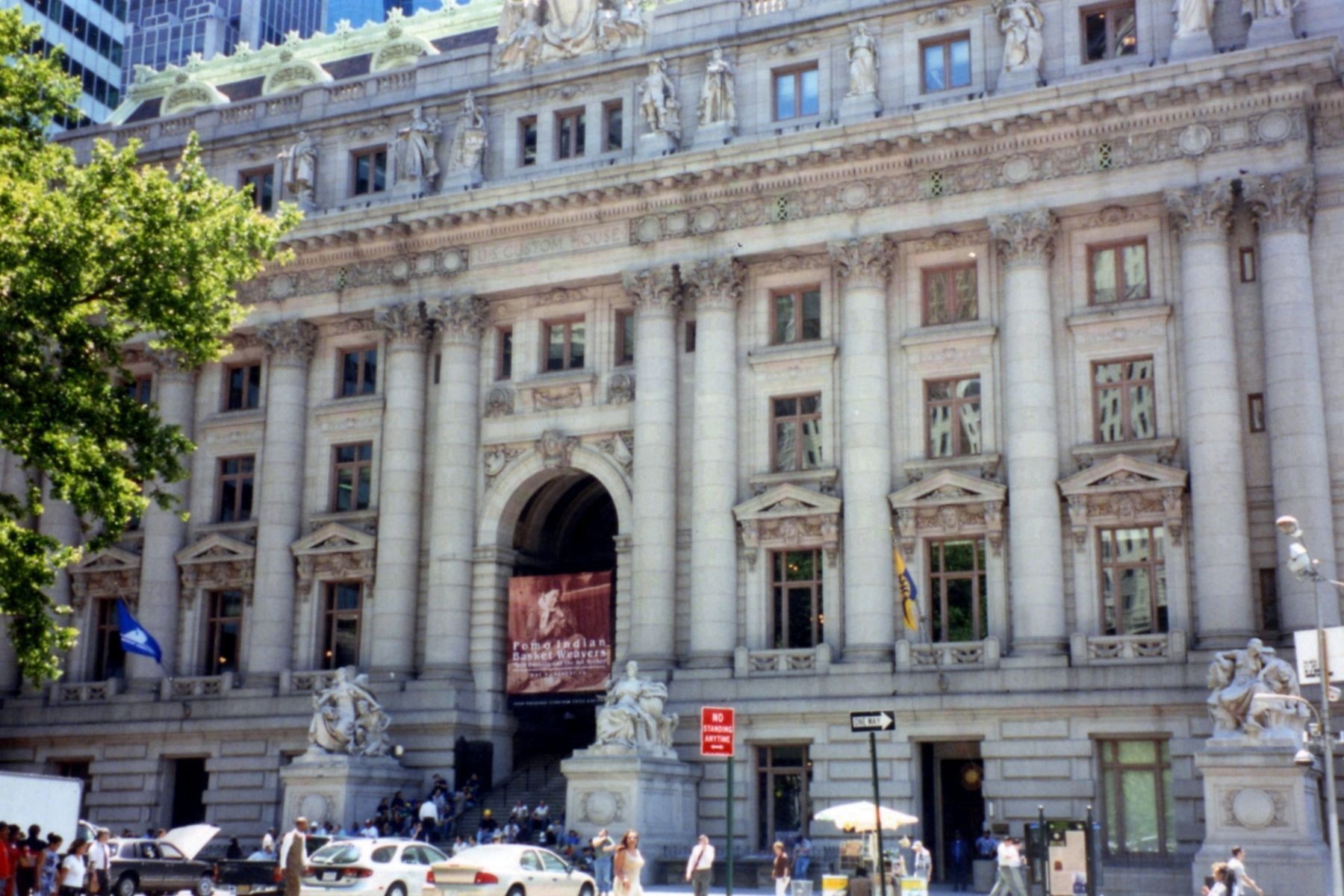Financial District in Manhattan in New York County, New York — The American Northeast (Mid-Atlantic)
George Gustav Heye
George Gustav Heye, founder in 1916 of the Museum of the American Indian and its director until 1956, was unique in both his enthusiasm and his broad interest in native life. His passion for collecting began in 1896, when he purchased an Apache deerskin shirt on a railroad construction job in Arizona. From then his energy and inherited fortune were spent accumulating the largest private collection of Native American objects in the world.
Heye liked nothing better than to descend personally upon an American Indian community, buying everything in sight. While others focused on highly significant objects, Heye wasn’t satisfied until he’d brought every last object and shipped everything back to New York. As one Native American is reported to have said, remembering a visit from the museum’s founder: “If we were left with our underwear we were lucky!”
That scope makes Heye’s collection uniquely valuable as a material record of those native communities. As Linda Poolaw, Delaware Grand Chief, says, “If Gustav Heye hadn’t collected those things back then, we would not have then today to look at. Now, over a hundred years later, my people can see what we had, and it is not lost.”
Topics. This historical marker is listed in these topic lists: Anthropology & Archaeology • Arts, Letters, Music • Native Americans. A significant historical year for this entry is 1916.
Location. 40° 42.266′ N, 74° 0.833′ W. Marker is in Manhattan, New York, in New York County. It is in the Financial District. Marker is on State Street near Bowling Green. The marker is one of several in a bank to the right of the main entrance to the National Museum of the American Indian. Touch for map. Marker is in this post office area: New York NY 10004, United States of America. Touch for directions.
Other nearby markers. At least 8 other markers are within walking distance of this marker. American Merchant Marine (here, next to this marker); Native People Of The Western Hemisphere (here, next to this marker); Sharing the Circle (here, next to this marker); Places of Exchange (here, next to this marker); “North America” sculpted by Daniel Chester French (here, next to this marker); The Marketplace (here, next to this marker); Drawn To The City (a few steps from this marker); Alexander Hamilton U.S. Custom House / National Museum of the American Indian (within shouting distance of this marker). Touch for a list and map of all markers in Manhattan.
More about this marker. The marker is one of several in a bank to the right of the main entrance to the National Museum of the American Indian.
Also see . . .
George Gustav Heye. Wikipedia biography. (Submitted on April 10, 2020, by Larry Gertner of New York, New York.)
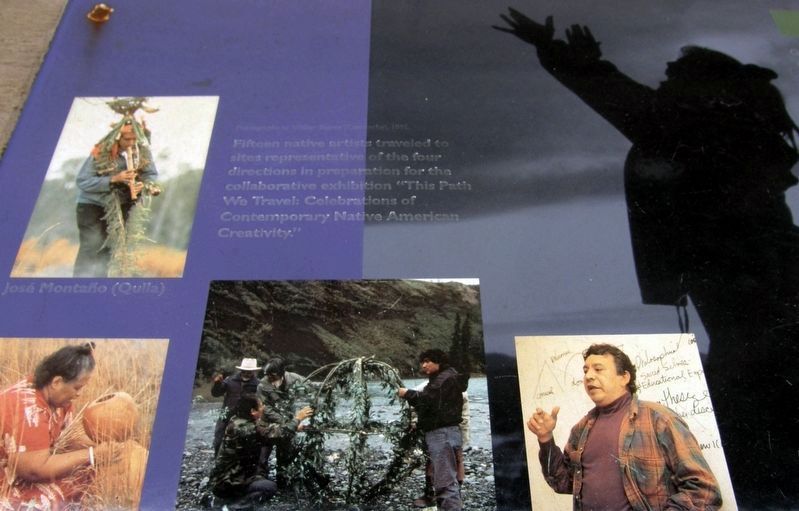
Photographed By Larry Gertner, March 14, 2019
4. Inset and captions
Fifteen native artists traveled to sites representative of the four directions in preparation for the collaborative exhibition “This Path We Travel: Celebrations of Contemporary Native American Creativity.”
Jose Montafio (Qulla)
Arthur Amiotta (Oglala Lakota), LeVan Keola Sequerra (Native Hawaiian), Frank LaPena (Wintu-Nomtipom), Harold Littlebird (Santo Domingo-Laguna Pueblo), Dan Namingha (Tewa-Hopi)
Jane Lind (Aleut)
Jose Montafio (Qulla)
Arthur Amiotta (Oglala Lakota), LeVan Keola Sequerra (Native Hawaiian), Frank LaPena (Wintu-Nomtipom), Harold Littlebird (Santo Domingo-Laguna Pueblo), Dan Namingha (Tewa-Hopi)
Jane Lind (Aleut)
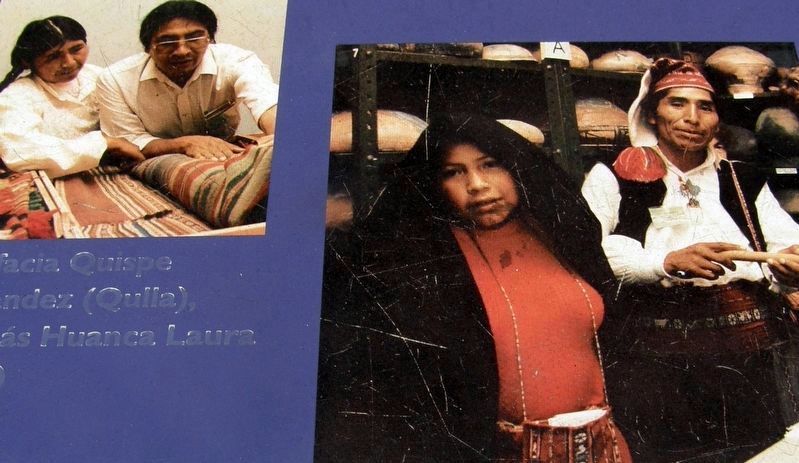
6. Inset and captions
Twenty-three native people from throughout the Western Hemisphere were invited to select objects from the Museum’s Collections for the exhibition “All Roads Are Good: Native Voices on Life and Culture.”
Paula Quispe Crux (Quechua), Alejandro Flores Huatta (Quechua)
Bonafacia Quispe Fernandez (Qulla), Thomas Huanca Laura (Qulla)
Paula Quispe Crux (Quechua), Alejandro Flores Huatta (Quechua)
Bonafacia Quispe Fernandez (Qulla), Thomas Huanca Laura (Qulla)
Credits. This page was last revised on January 31, 2023. It was originally submitted on March 20, 2019, by Larry Gertner of New York, New York. This page has been viewed 336 times since then and 43 times this year. Photos: 1, 2, 3, 4, 5, 6. submitted on March 20, 2019, by Larry Gertner of New York, New York. 7. submitted on March 22, 2019, by Larry Gertner of New York, New York. • Andrew Ruppenstein was the editor who published this page.
